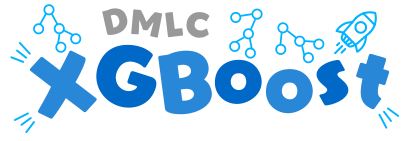Self Supervised clusterer
Combined IIC, and Moco architectures, with some SimCLR notions, to get state of the art unsupervised clustering while retaining interesting image latent representations in the feature space using contrastive learning.
Installation
Currently successfully tested on Ubuntu 18.04 and Ubuntu 20.04, with python 3.6 and 3.8
Works for Pytorch versions >= 1.4. Launch following command to install all pd
pip3 install -r requirements.txt
Logs
All information is logged to tensorboard. If you activate the neptune flag, you can also make logs to Neptune.ai.
Tensorboard
To check logs of your trainings using tensorboard, use the command :
tensorboard --logdir=./logs/NAME_OF_TEST/events
The NAME_OF_TEST is generated automatically for each automatic training you launch, composed of the inputed name of the training you chose (explained further below in commands), and the exact date and time when you launched the training. For example test_on_nocadozole_20210518-153531
Neptune
Before using neptune as a log and output control tool, you need to create a neptune account and get your developer token. Create a neptune_token.txt file and store the token in it.
Create in neptune a folder for your outputs, with a name of your choice, then go to main.py and modify from line 129 :
if args.offline :
CONNECTION_MODE = "offline"
run = neptune.init(project='USERNAME/PROJECT_NAME',# You should add your project name and username here
api_token=token,
mode=CONNECTION_MODE,
)
else :
run = neptune.init(project='USERNAME/PROJECT_NAME',# You should add your project name and username here
api_token=token,
)
Preparing your own data
All datasets will be put in the ./data folder. As you might have to create various different datasets inside, create a folder inside for each dataset you use, while giving it a linux-friendly name.
To be completed
Commands
-
Adding the
--labelscommand means you have ground truth for classes, and you wish to use it in evaluation -
Adding the
--neptunecommand means you wish to log your data in neptune (Check logging section) -
output_kis the number of clusters -
model_nameis the name you'll use to keep track of this specific model. Date of training launch will be added to its name. -
augmentationis the contrastive loss augmentation types you'll be using. They can be consulted and modified in thedatasets/datasetgetter.pyfile. -
epochsis the maximal number of epochs you wish to have. It is 1000 by default -
batch_sizeis the training batch size. Default is 32 -
val_batchis the validation batch size. Default is 10 -
sty_dimis the size of the style vector. default is 128 -
img_sizesize of input images -
--debugis a flag for activating debug mode, where the training is very fast, just to check if everything is working fine
training from scratch
python main.py --gpu 2 --output_k 9 --model_name=validating_best_image_transfer --augmentation BBC --data_type BBBC021_196 --data_folder N1 --neptune --img_size 196
training using pretrained model
python main.py --gpu 2 --output_k 9 --model_name=validating_best_image_transfer --augmentation improved_v2 --data_type BBBC021_196 --data_folder ND8D --labels --neptune --load_model testing_high_cluster_number_20210604-024131_
valiadtion using pretrained model
python main.py --gpu 2 --output_k 9 --model_name=validating_best_image_transfer --augmentation improved_v2 --data_type BBBC021_196 --data_folder ND8D --labels --validation --neptune --load_model testing_high_cluster_number_20210604-024131_


